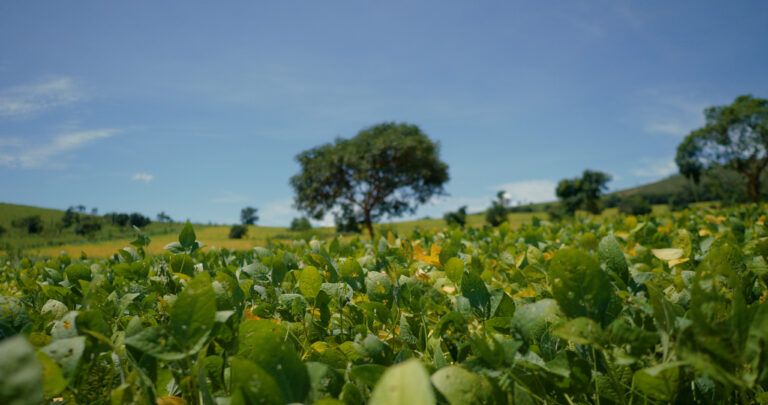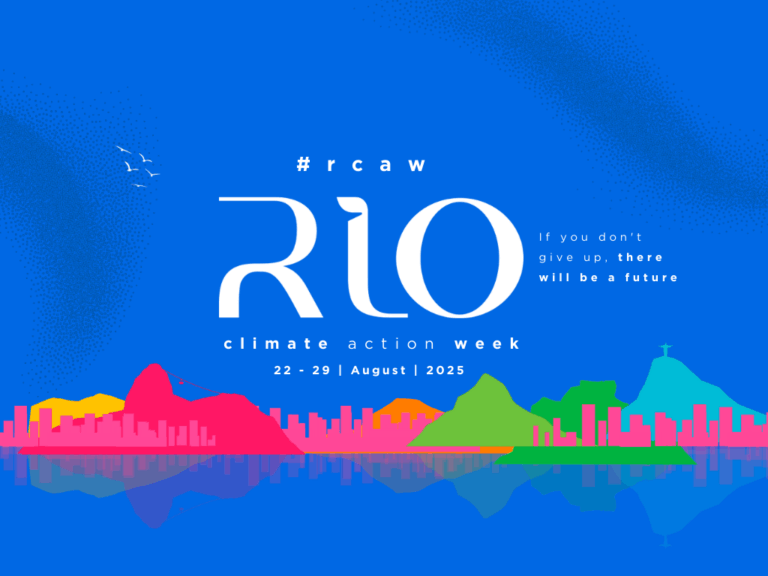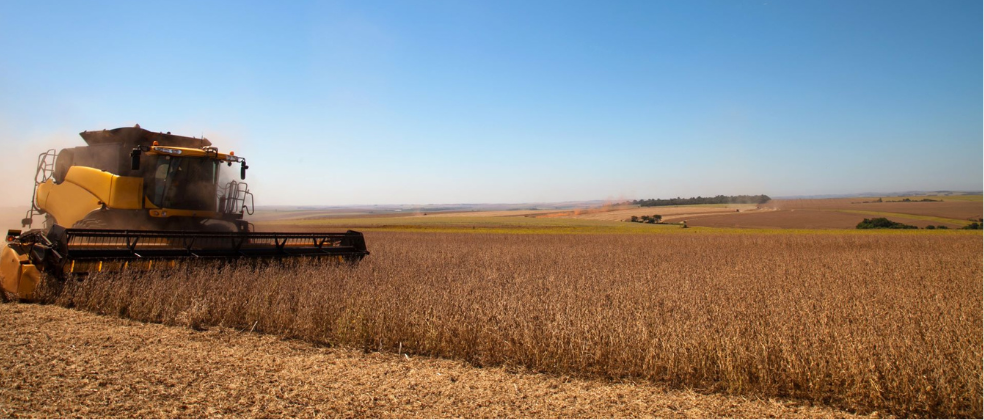We are pleased to announce that the Responsible Commodities Facility has won the Environmental Finance ‘Impact project/investment of the year: Agriculture and sustainable land use’ award.
The awards are judged by an independent panel and seek to recognise and reward the work of impact investors everywhere and highlight emerging pockets of best practice, across all asset classes and all geographies.
The 2024 growing season was incredibly difficult for soy farmers, especially in Brazil, and put the urgent need for financial incentives for forest retention into sharp focus for many. We are thrilled that the RCF has been recognised as best in its class with this award, and we are proud of the impact this mechanism has delivered for its investors, for Brazil and for the planet.
Our thanks to the team at Environmental Finance, to our delivery partners Opea and Traive and to investors Tesco, Sainsbury’s Waitrose, Santander, Rabobank and AGRI3 for their support.
The creation of a financially sustainable way of incentivising farmers not to deforest, either legally or illegally, demonstrates a system change in the way sustainable farming can be financed.






